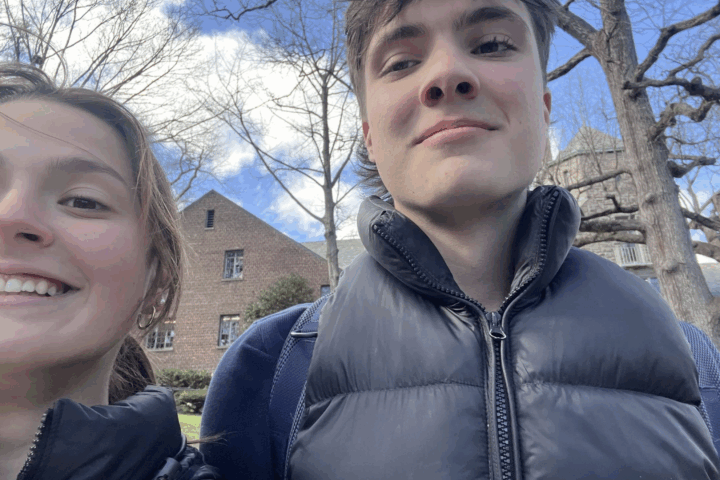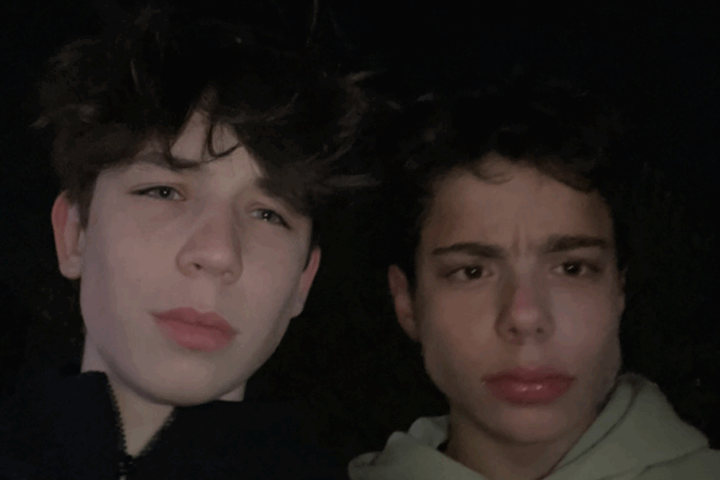Can’t Stop/Won’t Stop is a play about movement. That sounds simplistic, but at its core it is an exploration of humanity and motion. The motion of people’s lives as they reach an inevitable endpoint, intersected with the motion of the body, uncontrollable and unstoppable. It is ethereal yet simultaneously down-to-earth and realistic, a contradiction of ideals.
The play begins with movement as captivity. Uncontrollable, terrible, jerking dances that invade the lives of students and adults, the result of psychological distress. It is terrifying watching the characters we know succumb to wild, almost possessed motion. It carries the suspense of a Gothic horror novel, only showing us snippets of what will inevitably permeate each aspect of the character’s daily lives. The entire cast, in an emotionally charged scene, finally succumb to motion, before collapsing onto the stage, exhausted. This element of danger is even held in the set design, the grids and cubes representing an EKG monitor and a haunting score written by William Norman. The dancing is as uncontrollable, dangerous and ominous as the constant rain throughout the play.
The play ends with movement as freedom. A previously unknown character shatters the fourth wall and begins to speak. He talks of the cosmos, of existentialist ideals, of Sufi dances, of the human body and of freedom. He talks of this deadly illness, this plague that has ravaged all the characters, turning it from a horrific fate into a thing of beauty. He asks us, the audience, to imagine the last time we were allowed to really move, free of any expectations or choreography- to just do what we wanted with our bodies. That is what the dancing is, he says. A release from responsibility: freedom. The show ends with each character dancing just as they were before, but this time it was them in control, not a disease.
The actors portrayed this play excellently, filling the characters with life and making them real. They portrayed these characters with such emotion, imbuing each one with personality. Of course, the issues in their lives were based on the issues of real people, which was taken straight from a conference held last year. The combination of realism and the dancing plague of 1518 ––something so far removed from our daily lives–– makes for an intriguing, relatable and personal narrative that enthralls and captivates its audience. As director Clare Mottola said during the Thursday assembly, “I am unsure that any member of the Can’t Stop/Won’t Stop company could have imagined that they would land in a contemporary story about their own lives loosely based on the 1518 dancing plague… yet here they are…” It is absurd, yet personal and emotional. It makes you forget the strangeness of the premise.
My only issue with the play is that it oftentimes interrupts its portrayal of a narrative to over explain itself. In one scene, one of the characters began explaining a theme that everyone could have picked up on ––the theme being of whether or not we have control over our bodies normally. It is assumed that the audience could not tell that this, a piece of Fieldston theater, was a social commentary, even with the ending monologue explaining everything. Overall, though, it is a haunting, personal play and is definitely worth seeing.





